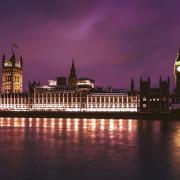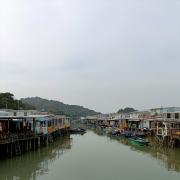
The poppy seed
The first world war, or "The Great War" from 28th July 1914 to 11 November 1918 was mostly fought in Western Europe. The beautiful, peaceful landscapes and countrysides were continuously bombed, blasted and fought over, again and again.
The bleak fields of overturned mud were originally the picturesque landscapes of France. Nothing could grow and the horizon was flooded with blood and destruction.
The poppy root
However, the Flanders bright red poppies, are known for being "delicate but resilient" they grew in their thousands, they flourished in the middle of the chaos and are now knows as a symbol of hope and are famous as a popular war memorial.
The poppy sprouts
In the early spring of 1915, not long after the official end of the first world war and shortly after the death of a friend in Ypres, in Belgium. Lieutenant Colonel John McCrae (a Canadian poet, physician, author, artist and soldier during the war, and a surgeon during the Second Battle of Ypres.) was inspired by the sight of poppies growing to write a now famous poem called 'In Flanders Fields'.
The poppy
After the First World War, the poppy was adopted as a symbol of Remembrance. American academic, Moina Michael, was inspired by the poem and decided to make and sell red silk poppies. The Royal British Legion, ordered 9 million of these poppies and sold them on the 1th November of that year. The poppies sold out almost immediately and raised over £106,000, this started the "poppy appeal" This money was used to help WW1 veterans with employment and housing.
The modern day poppy
100 years later the date and the poppy is still being remembered.


























